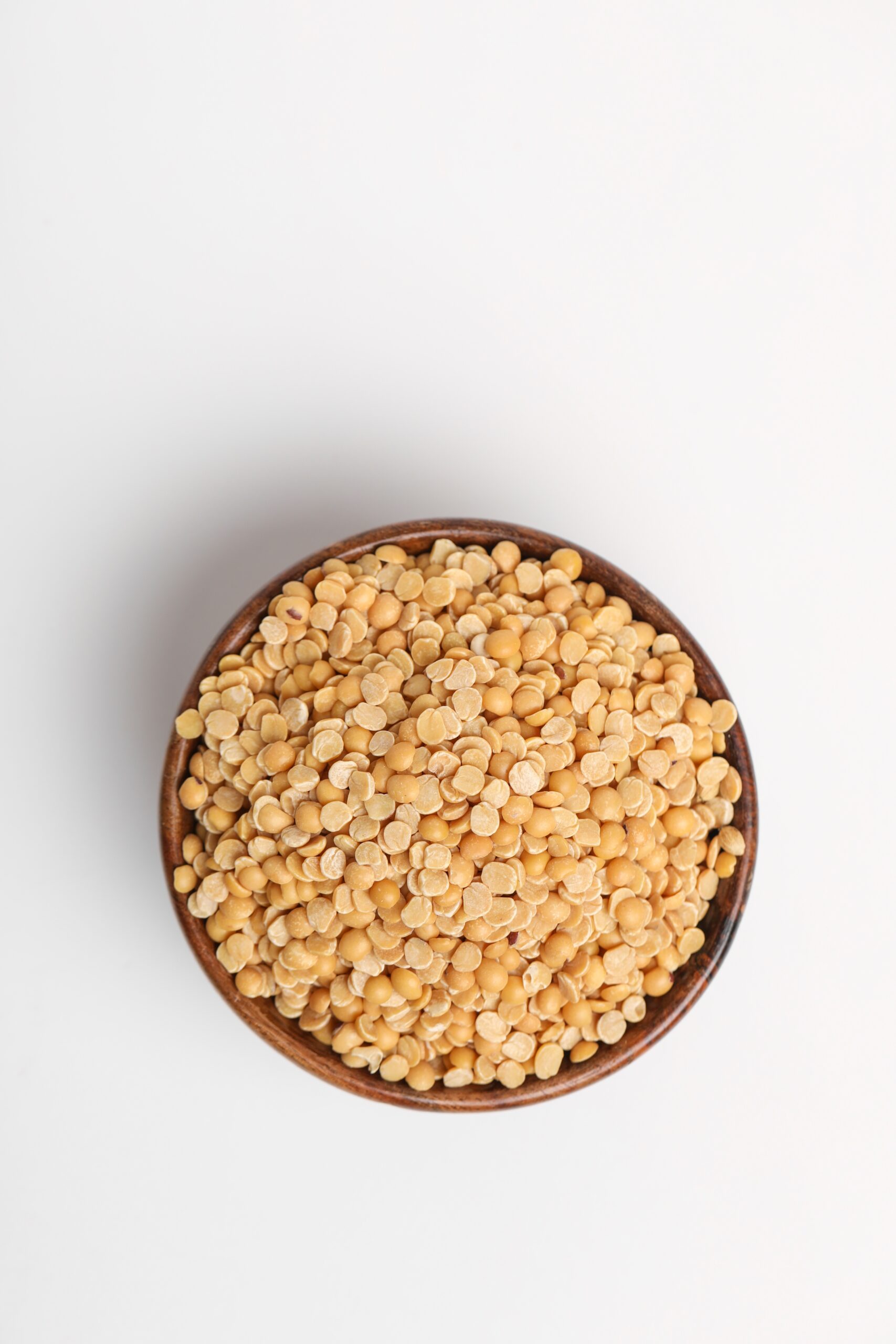
For something so humble, Toor Dal holds a mighty place in Indian kitchens. You’ll find it bubbling in steel pots from Mumbai to Madurai, often simmering quietly in the background while the rest of dinner comes together. It’s not flashy. It’s not trendy. But for millions, it’s the heartbeat of the meal — a warm, protein-packed staple that has fed families for generations.
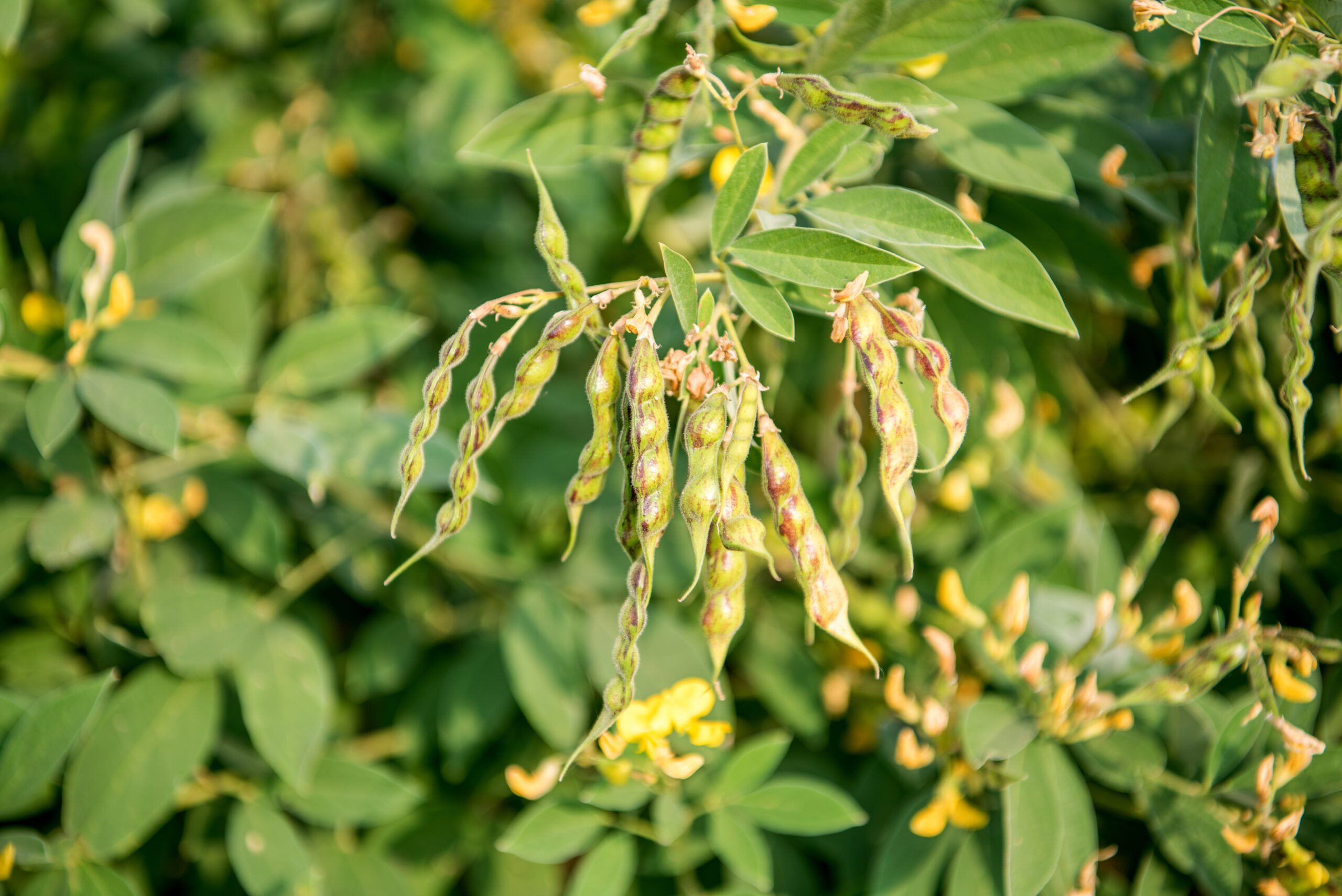
What Is Toor Dal?
Also known as pigeon peas, Toor Dal is a yellow split lentil with a slightly nutty flavor. It's widely grown in India and parts of East Africa, and once harvested, the dried peas are hulled and split to become the dal we recognize in Indian cooking. It cooks down into a creamy, hearty consistency that’s ideal for soups, stews, and of course — dal.
This is not your average side dish. In many households, Toor Dal is the main course. Paired with a steaming bowl of rice and maybe a spoonful of ghee, it’s a full meal — simple, filling, and deeply nourishing.
Protein for the People
What makes Toor Dal so important isn’t just its taste — it’s the nutrition. Rich in plant-based protein, fiber, folate, and iron, it plays a crucial role in vegetarian and vegan diets across South Asia. For communities where meat is rare, expensive, or avoided for cultural reasons, Toor Dal steps up as a reliable source of everyday protein.
And this isn’t new. India’s love affair with lentils goes back thousands of years. Toor Dal has been referenced in ancient texts, celebrated in Ayurvedic tradition, and passed down in family recipes that change slightly from one region to another — a little more tamarind here, a pinch of jaggery there.
A Dish That Changes With the Map
Toor Dal isn’t just one dish — it’s dozens. In Maharashtra, it might be a bright, lemony dal with mustard seeds and curry leaves. In Tamil Nadu, it’s the base for sambar, a tangy vegetable stew that’s a mealtime essential. In Gujarat, it’s often sweet and spiced with cinnamon or cloves. And in Andhra Pradesh, expect a fiery version that wakes up your palate with dried red chilies and garlic.
This versatility is part of its charm. Toor Dal is like a blank canvas that reflects the flavors of its region — and the personality of the cook making it.
Affordable, Accessible, Essential
One of the reasons Toor Dal has remained so vital is because it’s relatively affordable and shelf-stable. A small bag can feed a family for days. It doesn’t spoil quickly, doesn’t require refrigeration, and needs little more than water, salt, and heat to turn into something comforting and complete.
In India, it’s part of government-subsidized food programs. In homes, it’s the food you cook when you’re out of everything else — but still want something warm and wholesome on the table.
What It Tastes Like
Toor dal has a mild, earthy, and slightly nutty flavor. On its own, it’s subtle—but that’s exactly what makes it so versatile. It easily takes on the flavors of spices, herbs, and tadkas, making it perfect for both simple comfort food and bold, spiced dishes.
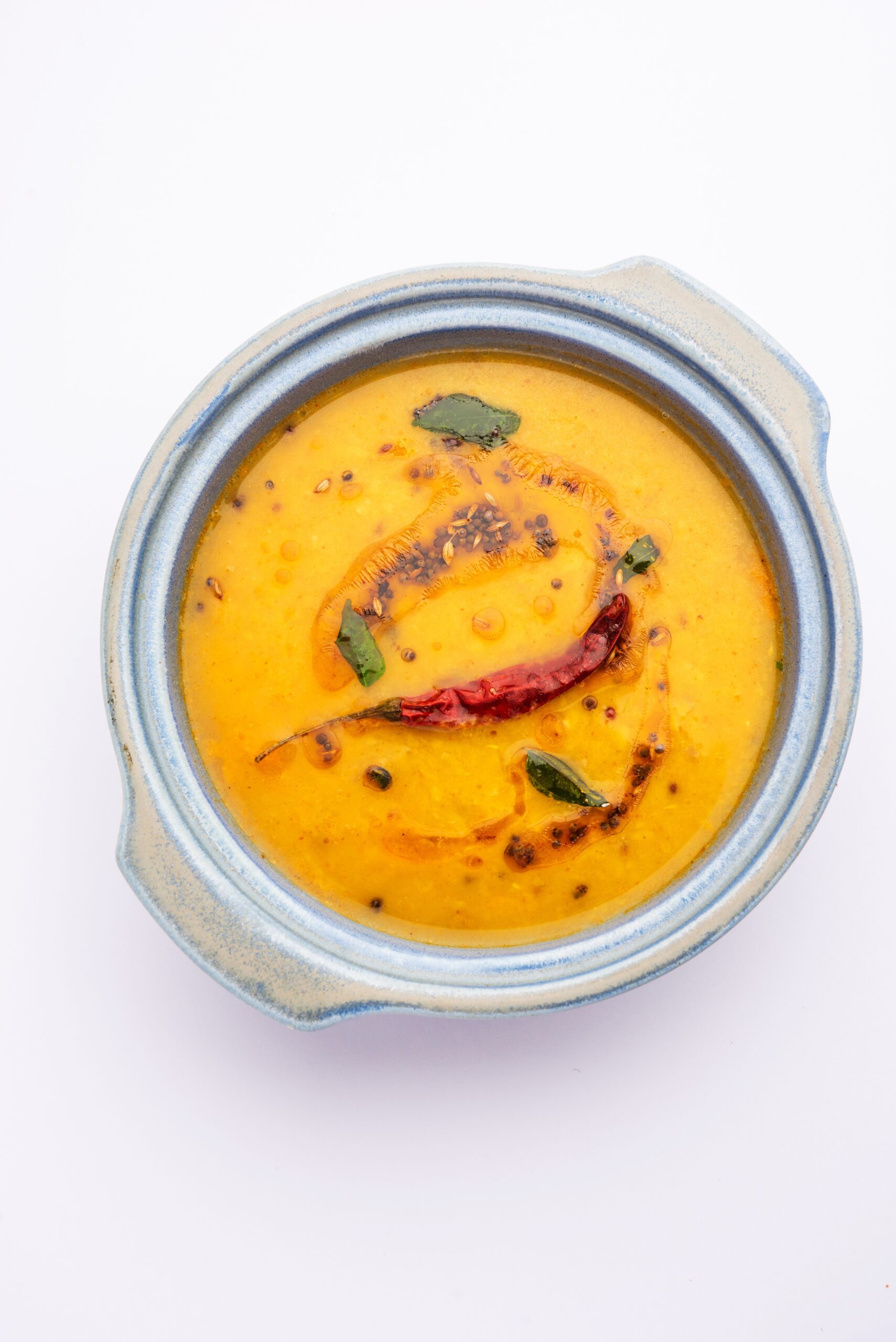
Health Benefits That Actually Matter
Rich in Plant-Based Protein
Toor dal is a great protein source for vegetarians, making it ideal for building muscle, boosting energy, and staying full longer (Source).
High in Fiber
It supports digestion, prevents constipation, and helps regulate blood sugar levels—especially when paired with complex carbs like brown rice or millet (Source)
Naturally Gluten-Free
Safe for people with gluten intolerance or celiac disease and works well in grain-free or balanced diets (Source).
Heart-Friendly Nutrients
It’s low in fat and contains potassium and magnesium, which support heart health when combined with a low-sodium diet (Source).
Easily Digestible
When cooked well and paired with spices like cumin, ginger, or asafoetida, toor dal is gentle on the stomach and often recommended in recovery diets (Source).
Toor Dal: Nutritional Value (Per 1 Cup Cooked)
|
Nutrient |
Amount |
| Calories |
~194 kcal |
| Protein | ~11 grams |
| Carbohydrates | ~35 grams |
| Dietary Fiber | ~6 grams |
| Fat | ~1 gram |
| Iron | ~3 mg (about 15% of daily value) |
| Folate | ~180 mcg (about 45% of daily value) |
| Magnesium | ~50 mg |
| Potassium |
~370 mg |
FAQs
Is toor dal the same as pigeon peas?
Yes. Toor dal is the split and skinned version of pigeon peas.
Do I need to soak toor dal before cooking?
It’s optional. A 30-minute soak helps it cook faster, especially if it’s old stock.
Can I cook it without a pressure cooker?
Yes, but it’ll take longer—about 35–45 minutes on the stovetop.
Why is my toor dal not softening?
It might be old or stored poorly. Try soaking it or cooking it a bit longer with a pinch of baking soda.
Can babies eat toor dal?
Yes, it’s often used in baby food. Just cook it very soft, skip the spices, and strain if needed.
The Quiet Hero of the Indian Plate
Toor Dal may not get the same attention as paneer or biryani or butter chicken, but it’s no less essential. It’s food that’s rooted, dependable, and nourishing. The kind of dish that doesn’t try to impress — and doesn’t need to.
So next time you scoop up a bite of dal and rice, know that you’re tasting something more than just lentils. You’re tasting history, resilience, and the quiet brilliance of everyday cooking.
Learn More About Toor Dal
Wikipedia – Toor Dal (Pigeon Pea)
A comprehensive overview of toor dal’s history, botanical background, traditional uses, cultivation, and nutritional value.
Serious Eats – Toor Dal (Indian Pigeon Peas)
A concise and approachable guide explaining what toor dal is, how to cook it, and how to enhance it with tadka for extra flavor.


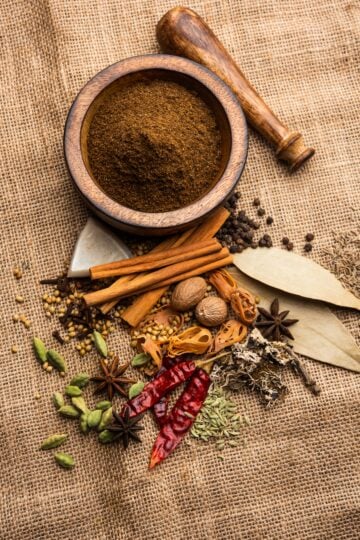
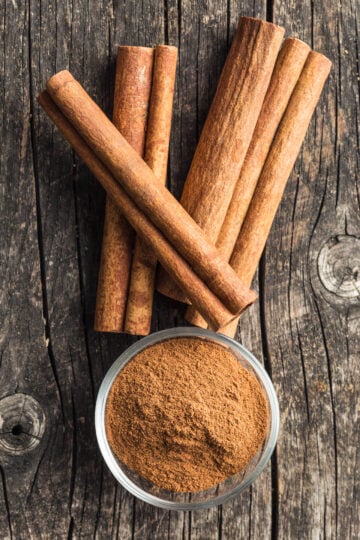
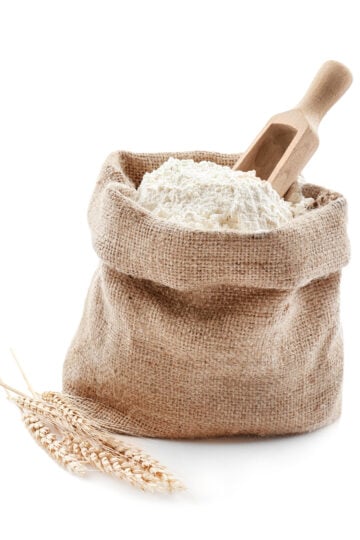
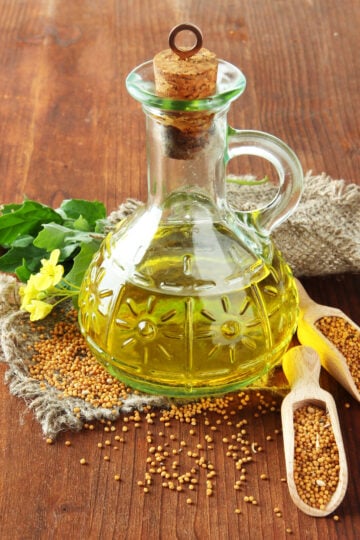
Have a question or something to share? Leave a comment below!